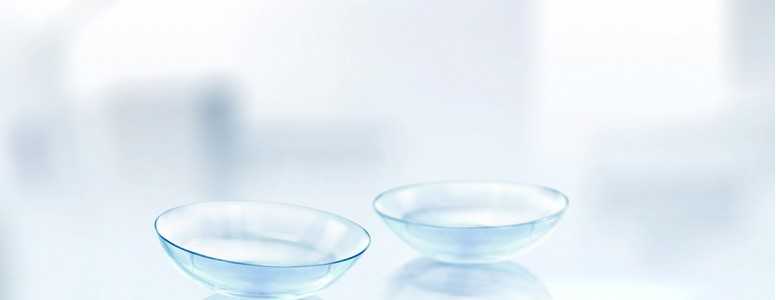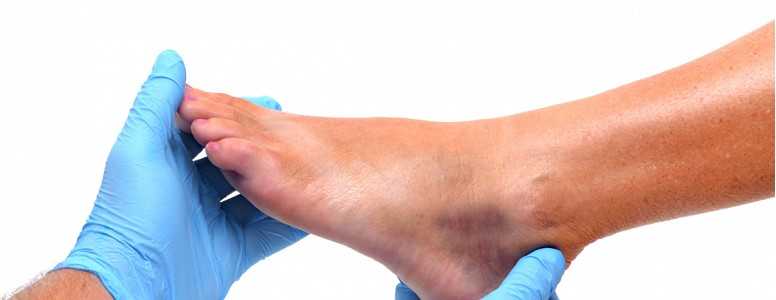A glow-in-the-dark contact lens has been developed which, it is hoped, might prevent retinopathy, the leading cause of blindness in people with diabetes.
The lens developed by the California Institute of Technology (Caltech) emits low levels of light into the eye at night and aims to reduce oxygen demands and hopefully limit the impact of diabetic retinopathy.
Retinopathy is a major cause of vision loss and even blindness among people with diabetes, which damages blood vessels in the eye and reduces blood flow to the retina. Existing treatment methods for retinopathy depend on the stage of progressio, but often involve invasive laser surgery.
One factor in the damage to the retina is a lack of oxygen, so Caltech graduate student Colin Cook set about developing a non-invasive way to intervene and prevent oxygen loss.
The lens provides the eye’s rod cells with a faint amount of light during sleep. This illumination is created using tiny vials comprising a radioactive form of hydrogen gas that emits electrons, which are then converted into light using a phosphorescent coating.
“Your rod cells, as it turns out, consume about twice as much oxygen in the dark as they do in the light,” said Cook.
Cook has also addressed two pre-existing problems of light therapy for diabetic retinopathy. The first was that lighted sleep masks have been poorly tolerated by people with diabetes, while patients often struggled to ignore the light shining into the eye. Cook has placed the light source on the surface of the eye, so when the eyes moves, the light source moves with it. This way, there is no flicker for the user to notice.
“As we sleep, our eyes roll back,” said Cook. “For a sleep mask this means the eye is no longer receiving as much light, but the contact lenses move with the eye, so there is no such problem.”
Early tests of the lens have revealed up to 90% reduced rod cell activity when worn in the dark, and testing will now begin to see if the lens could even help to prevent retinopathy.
Benedict Jephcote, Editor at Diabetes.co.uk, said: “This is an experimental treatment. Treatments involving shining light onto the retina have shown some promise, but research will need to show that the treatment does indeed work. It will likely be some years before we know whether light-based treatment is effective or not in preventing retinopathy development.”
To date, the best method for preventing retinopathy is to achieve healthy blood sugar levels through leading a healthy lifestyle. In 2015 we developed the Low Carb Program which has seen many people improve their sugar levels and live more healthily.
What's new on the forum? ⭐️
Get our free newsletters
Stay up to date with the latest news, research and breakthroughs.








